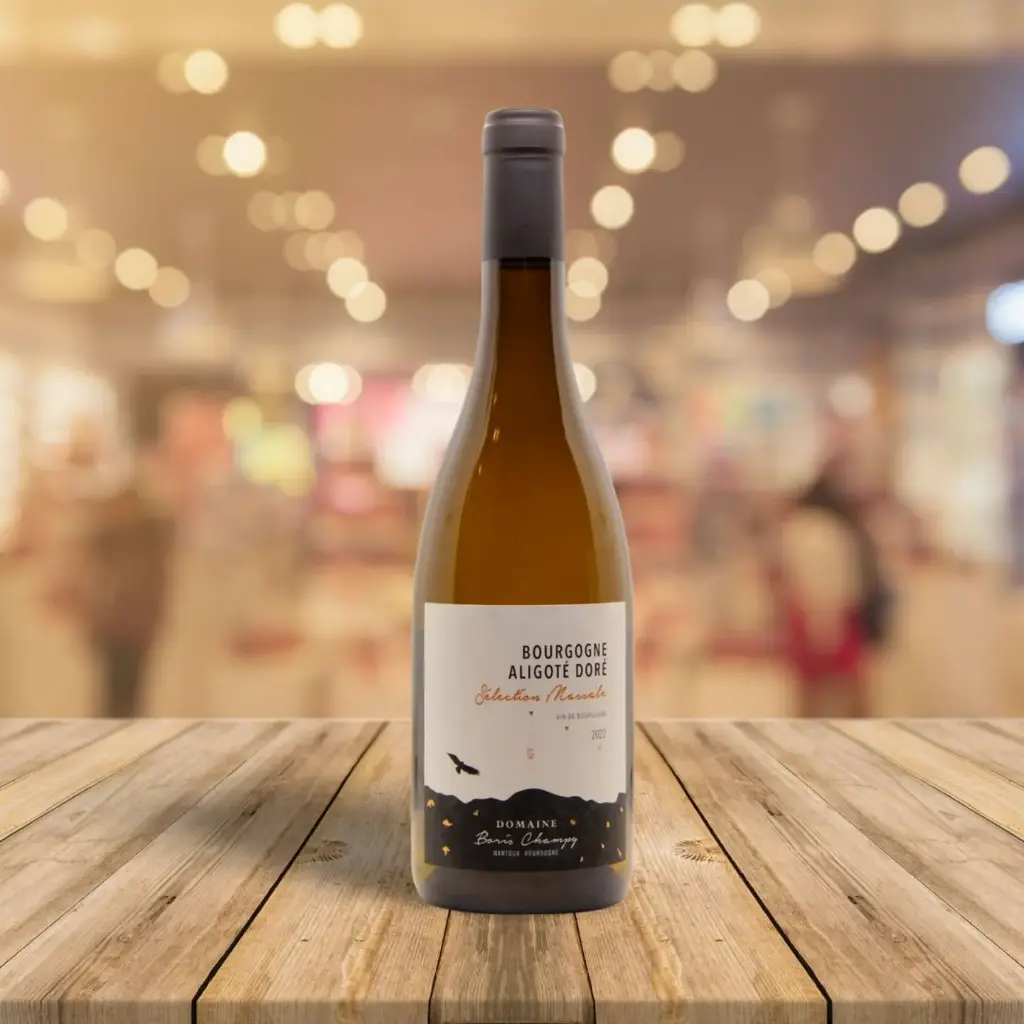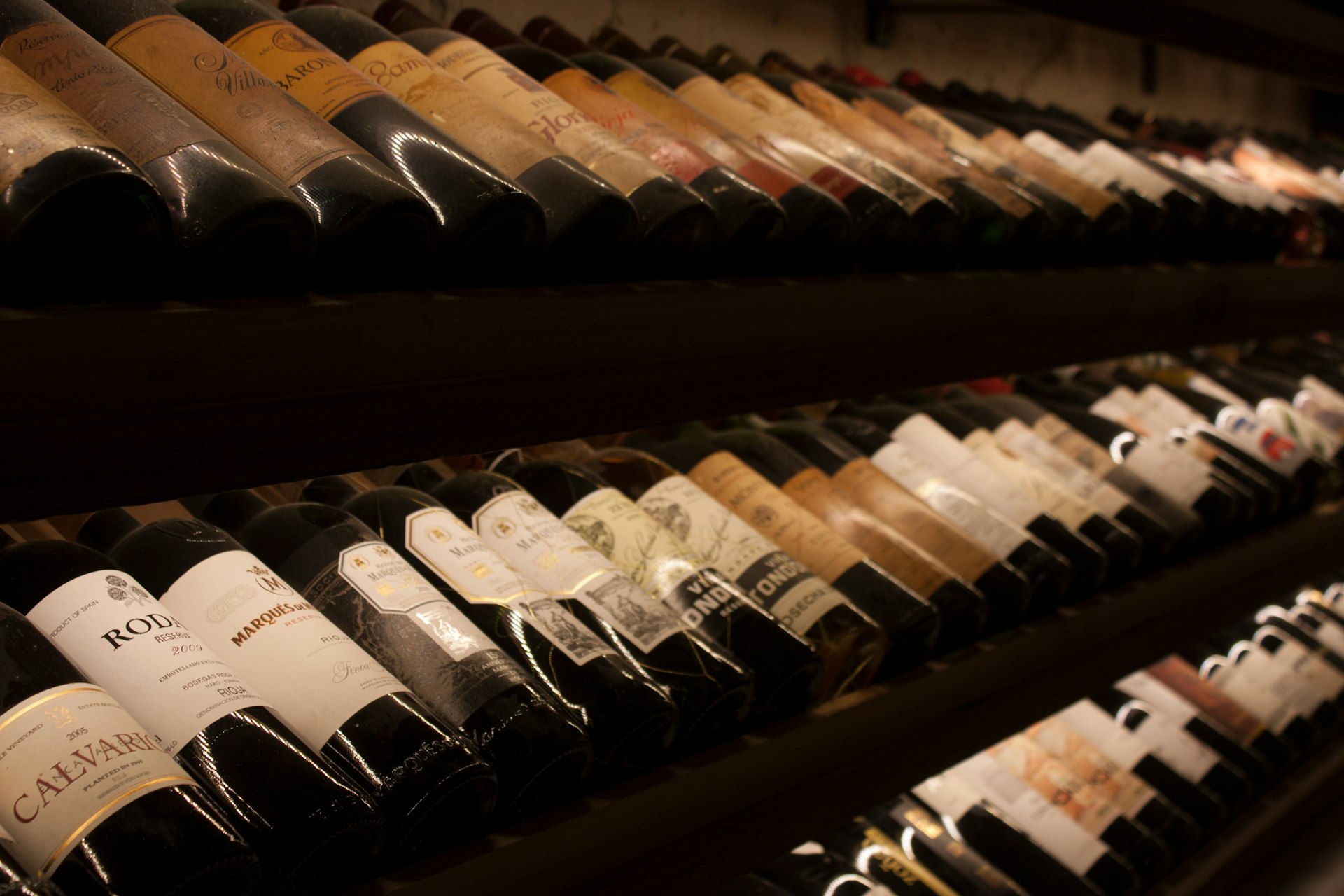The Estate
 Born in 1974, Boris Champy is originally from the Champagne region. A trained oenologist, he first spent ten years in California’s Napa Valley, working at the Dominus estate. He then became Technical Director at Domaine Louis Latour in Beaune, followed by Estate Manager of Clos des Lambrays in Morey-Saint-Denis. He has also served as president of the Corton ODG and was a founder of an environmental protection association. On a more personal level, Boris is an accomplished triathlete and passionate about history.
Born in 1974, Boris Champy is originally from the Champagne region. A trained oenologist, he first spent ten years in California’s Napa Valley, working at the Dominus estate. He then became Technical Director at Domaine Louis Latour in Beaune, followed by Estate Manager of Clos des Lambrays in Morey-Saint-Denis. He has also served as president of the Corton ODG and was a founder of an environmental protection association. On a more personal level, Boris is an accomplished triathlete and passionate about history.
Over the course of these formative years, numerous encounters allowed him to develop not only a thorough expertise from vineyard to cellar but also an entrepreneurial spirit that led him, midway through his life, to establish his own estate.
In 2019, with no successor in place, Didier Montchovet chose to entrust Boris Champy with his estate and, most importantly, with the philosophy he had upheld since 1984. The handover was smooth and began informally during the 2019 harvest, in which Boris Champy took part.
Boris Champy is enthusiastic and confident in the future of the Hautes-Côtes, notably thanks to their altitude in the context of climate change. Alongside neighboring winegrowers, he seeks to elevate the reputation of this beautiful yet still little-known wine region. The objective of Domaine Boris Champy is simple: to highlight the individual lieux-dits, to showcase the microclimates, varying exposures, and other fascinating subtleties.
High up in the hills and valleys of the Hautes-Côtes, Boris practices a style of viticulture that differs from that of the Côte d’Or. The plots are islands of biodiversity, made up of various enclosed parcels, trees, living hedges, dry stone walls and “meurgers,” as well as fruit trees. Boris believes in a holistic approach—an agroecological system that deeply respects the environment.
The Wine
Les parcelles sont conduites soit en vignes basses traditionnelles (10 000 pieds/ha et taille Guyot simple) ou en lyre (taille Guyot double)
Vendanges manuelles à l’optimum de maturité.
Vinifications : en cuve et fût de 228 litres.
Elevage long sur lies : 12 mois en moyenne sans aucun fût neuf, puis quelques mois en cuve avant mise en bouteille
Vins non filtrés, non collés et non stabilisés au froid, peuvent présenter un dépôt.
Tasting
Le nez développe une palette aromatique complexe : agrumes, pêche, pain frais. La bouche charmeuse est ronde et élégante, avec une belle vivacité minérale. Un aligoté de plaisir ... mais pas si simple !
Vin d’apéritif entre copains, ou sur un plateau de fruits de mer, un saumon fumé au bois de hêtre, un chèvre sec.


